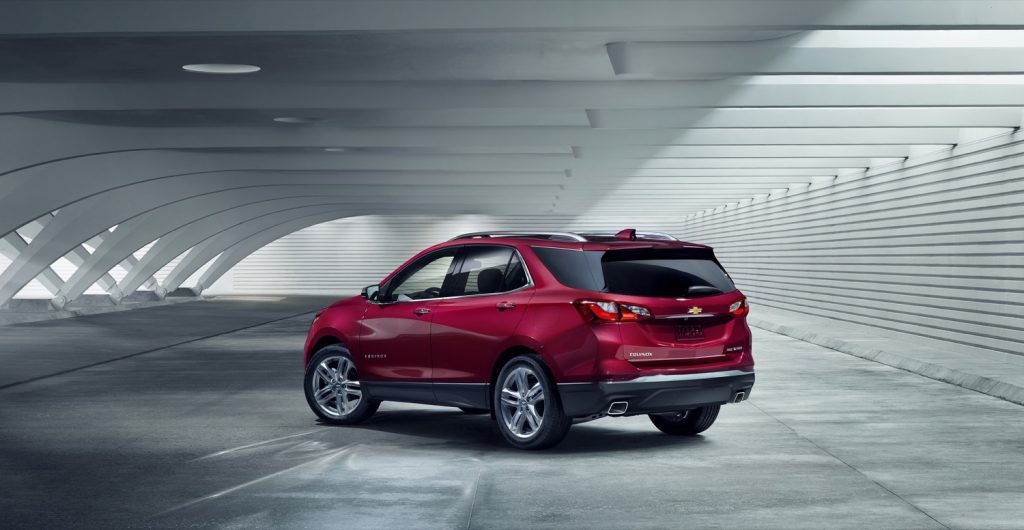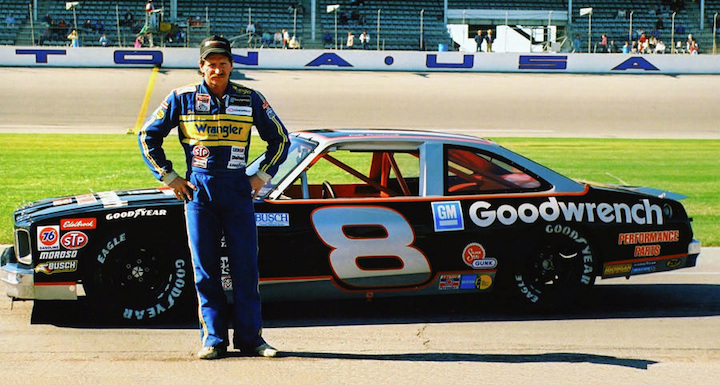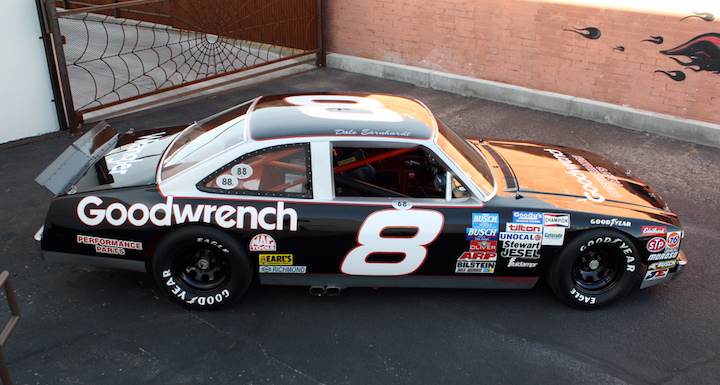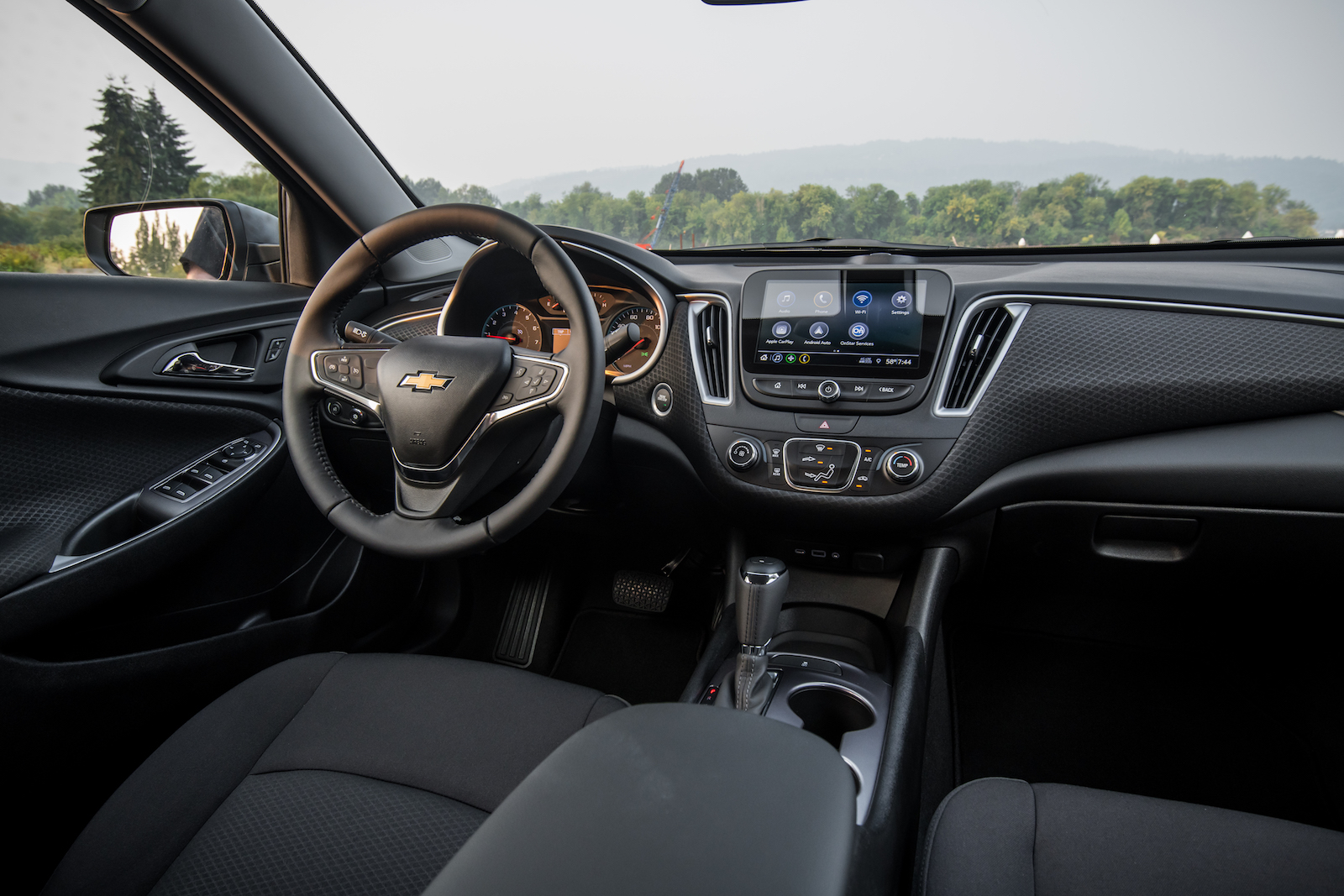Mid Engined Explained
Since its inception, the Chevrolet Corvette—in production form, at least—has never deviated from three core attributes: front engine, rear-wheel drive, fiberglass bodywork. From its 1953 debut with the Blue Flame inline six-cylinder to the thundering 755-hp 2019 Corvette ZR1, the basic formula has been set in stone.
Want a new mid engined Corvette? Call our Customer Care Team now at 630-898-9630. Or, visit our website at http://www.WestphalChevy.com.
That all changes now. Chevy is officially moving the engine to the middle, behind the passenger seats.
With this move, Chevrolet is shooting a flare into international waters, putting on notice the major players in the mid-engine-performance space including the Ferrari 488, Lamborghini Huracán, and Audi R8 as well as its crosstown rival, the Ford GT, and letting them know that the General can still cut and run when the accountants provide a long enough leash.
So what does “mid-engined” mean? Technically, it means that a car’s engine is located in the middle of the vehicle, somewhere between the front and rear axles. But the typical location in a sports car or supercar is behind the driver and in front of the rear axle.
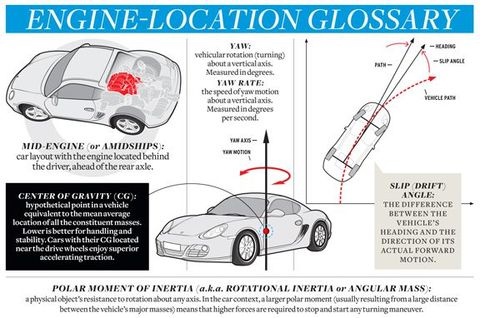
Engine placement matters for many reasons when it comes to high-performance cars, but mainly it’s all about braking and handling. Shifting the engine rearward puts more weight on the rear axle, which means more rear-end traction and the ability to put down more power and accelerate more quickly. A mid-engine layout also improves braking, because the additional weight lets the rear brakes do more of the stopping. Mid-engined cars have a lower polar moment of inertia, which is a technical term that means that the mass of a mid-engined car is more centralized in the vehicle. This allows the car to change direction more easily and therefore more rapidly. (To experience this phenomenon, get someone to spin you in an office chair and compare the speed you feel with your legs fully extended versus tucked in.) The downside is that, should the rear end break loose and swing wide at speed, it’s much harder for a novice driver to recover.
Aside from performance, a mid-engined car looks different because of not having to package an engine up front. It can have a much steeper hoodline and improved forward visibility. The proportions of a mid-engined car can give it an exotic look—but then, the short list of mid-engined vehicles is made up of one exceptional name after another.
It’s not that GM hasn’t kicked around the mid-engine layout before; the company’s archives are filled with drawings and concepts utilizing the engine-behind-the-driver layout. But its realization in the 2020 Corvette validates the efforts and fulfills the promises made by in-house Corvette gurus such as Bill Mitchell, Larry Shinoda, Pete Brock, Zora Arkus-Duntov, and Tadge Juechter, both now and back in the day when automobiles were an agent of progress and the future seemed limitless. Critically, it also serves as a rolling indicator that GM still has a pulse and wishes to wring every last drop of potential and excitement from the automobile as we currently know it. In changing times, that’s the kind of reassurance we need.
Want to know more about mid engined Corvettes? You may also enjoy this article: http://westphalchevyblog.com/index.php/2018/05/17/mid-engined-corvette/
For more view source: https://www.caranddriver.com/news/a27128435/mid-engined-corvette-why-it-matters/




